In the ever-evolving world of technology, the pace at which businesses and individuals adopt new tools can be a game-changer. From the latest software to cutting-edge devices, technology adoption has become a critical part of our daily lives, shaping the way we work, play, and interact.
Technology Adoption

Technology adoption refers to the selection, attainment, and utilization of different technologies by individuals, institutions, or societies. It involves a complex decision-making process, depending on various factors like cost, perceived value, and technological compatibility. For instance, a company may decide to adopt cloud computing due to its potential benefits such as cost savings, enhanced productivity, and flexible scalability.
Understanding technology adoption helps in determining the effectiveness and efficiency of tech solutions in different contexts. Recognizing the process, barriers, and facilitators of technology adoption plays a crucial role in successful implementation strategies. Increasing technology adoption not only energizes economic growth but also bolsters social development. For instance, the implementation of digital learning technologies can transform the education sector, offering a vast array of learning opportunities to students across geographical boundaries.
Key Theories and Models
Several theories and models strive to explain technology adoption behavior, each providing unique insights into the factors influencing the process. One notable theory is Everett Roger’s Diffusion of Innovations Theory, depicting technology adoption as a social process that occurs over time. It categorizes adopters into five groups: innovators, early adopters, early majority, late majority, and laggards, based on their readiness to embrace new technologies.

The Technology Acceptance Model (TAM) is another foundational model. It postulates that perceived usefulness and perceived ease of use determine an individual’s intentions to use a technology. For example, if employees perceive a new technology as easy to use and beneficial, they’re likely to embrace it faster.
Each theory or model offers a unique lens to understand the technology adoption process, facilitating more effective policy and strategy planning. By understanding these models, stakeholders can better predict adoption trends, develop targeted communication strategies, and design user-friendly technologies.
Factors Influencing Technology Adoption
The processes involved in technology adoption hinge on several key influences. Such elements could be classified broadly into four categories: individual, organizational, technological, and environmental factors.
Individual and Organizational Factors
In determining the likelihood of technology adoption, individual factors play a pivotal role. Here, age, education, and technological literacy often form the differentiating factors. For instance, someone with advanced technical skills, like a software engineer, might find the transition to a new technology more straightforward than a novice user.
Organizational factors, meanwhile, encompass elements like the size and structure of an organization. Companies with better resources tend to adopt new technologies faster. Yet, smaller organizations often exhibit agility and flexibility in their decision-making processes, which can facilitate quicker adoption. A study from the Journal of Business and Industrial Marketing highlights this, showing that smaller companies often adopt CRM software faster than larger ones.
Technological and Environmental Factors
Technological elements contribute significantly to technology adoption decisions. Crucially, perceived usefulness and ease of use remain influential considerations, following the Technology Acceptance Model. For example, cloud-based storage has witnessed significant adoption due to its user-friendliness and the value it offers, allowing users to access files remotely.

Environmental factors often serve as external influencers. For instance, legal and regulatory changes can either facilitate or impede technology adoption, depending on their nature. Additionally, the competitive market scenario might propel companies to adopt technology to gain an edge.
By dissecting these elements that influence technology adoption, it becomes easier to devise targeted strategies aimed at fostering smooth integration and broad acceptance of new technology, pushing the boundaries of innovation, and enhancing productivity.
All You Need To Know
It’s clear that technology adoption plays a pivotal role in shaping our world. It’s a complex process influenced by a myriad of factors, from cost and value to compatibility. Theories like Roger’s Diffusion of Innovations and the Technology Acceptance Model offer insightful perspectives on adoption trends, while also guiding technology design. However, it’s not without its challenges.

